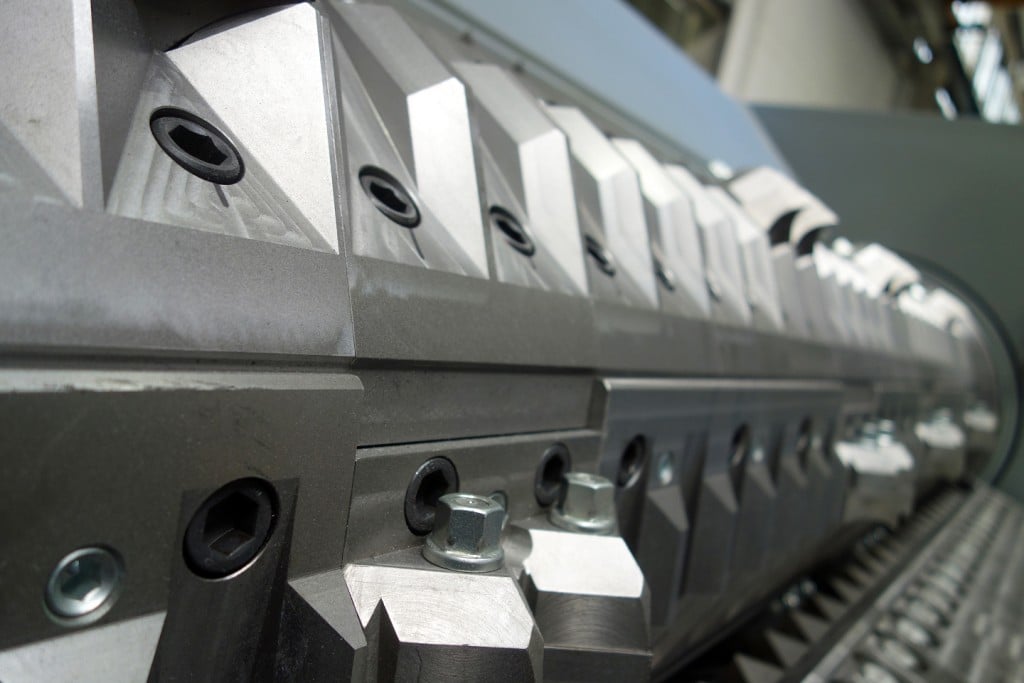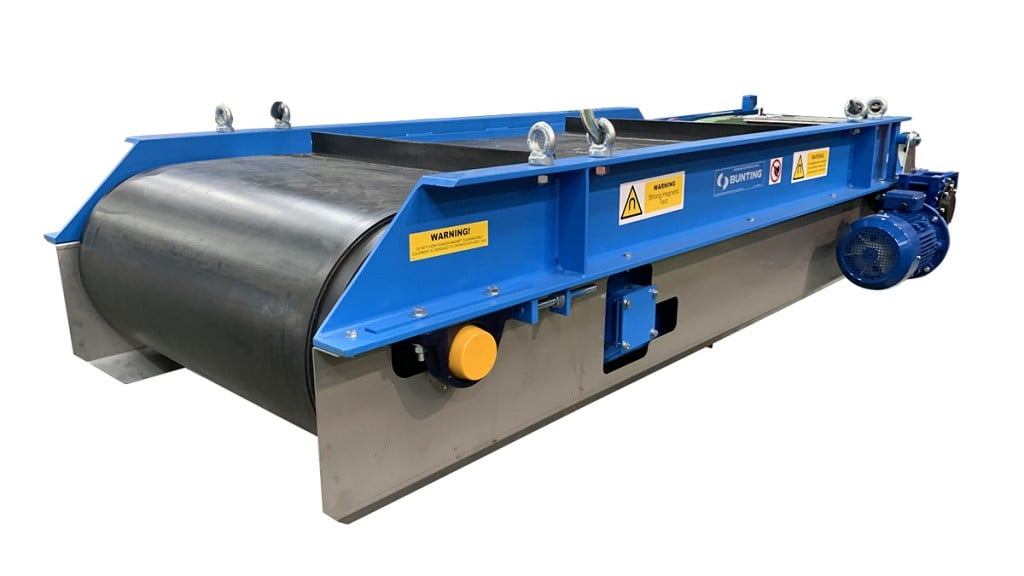Remanufacturing recycling machines is key to Herbold Meckesheim’s commitment to circularity
Sustainable machine design is integral to the company’s DNA

Herbold Meckesheim introduced its first plastics recycling machines 40 years ago, and from the beginning, it also took into account the life cycle of not only plastics, but the machines themselves. According to the company, the machines should not only contribute to a functioning circular economy, but also be part of it. This ethos includes reconditioning older machines and putting them back to work.
From the beginning, no machines the company produced were made of cast iron because the material could break. The insides of the welded steel housings are covered with replaceable plates to protect the frame. And the diverse rotors used in the various shredders, mills, and granulators are equipped with screwed-on cassettes for the knives. The latter protects the rotor and makes hard facing obsolete.
Reconditioned machines with zero loss of performance
The bolted-on cassettes represent two essential aspects of sustainable machine design: a substantial degree of wear protection and ease of maintenance. While Herbold Meckesheim was developing its first machines, the company was already trading in used granulators from other suppliers. The Herbold designers took this as an opportunity to focus on durability and accessibility for easy repair and maintenance. The company believes it is possible to put a reconditioned machine back into operation with virtually no loss of performance — regardless of the application.
A buy-back offer to keep older machines in circulation
Some customers have their machines overhauled every twelve months. In cases when a customer wants a larger model, Herbold Meckesheim provides a buy-back offer for the previous, smaller machine, refurbishes it, and then sells it again.
Whether it is a small pulverizer or a modular plant solution for washing and recycling lines with several tons of throughput, the principle is the same. The Herbold Meckesheim focus remains on ease of maintenance, wear protection, and a long service life, as well as low energy and resource requirements. This approach considers the growing importance of a functioning circular economy, not only with regard to the reprocessing of plastics.



